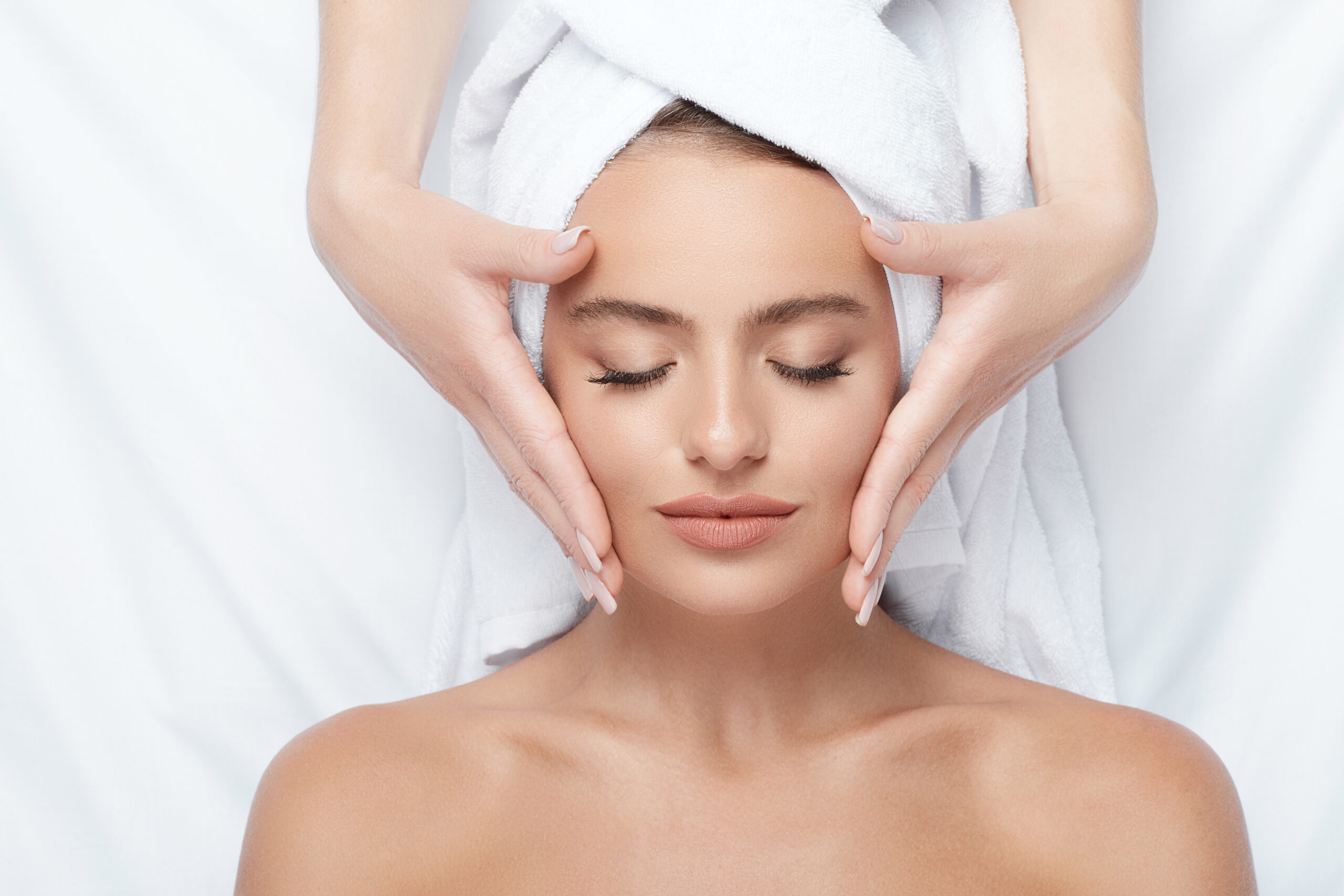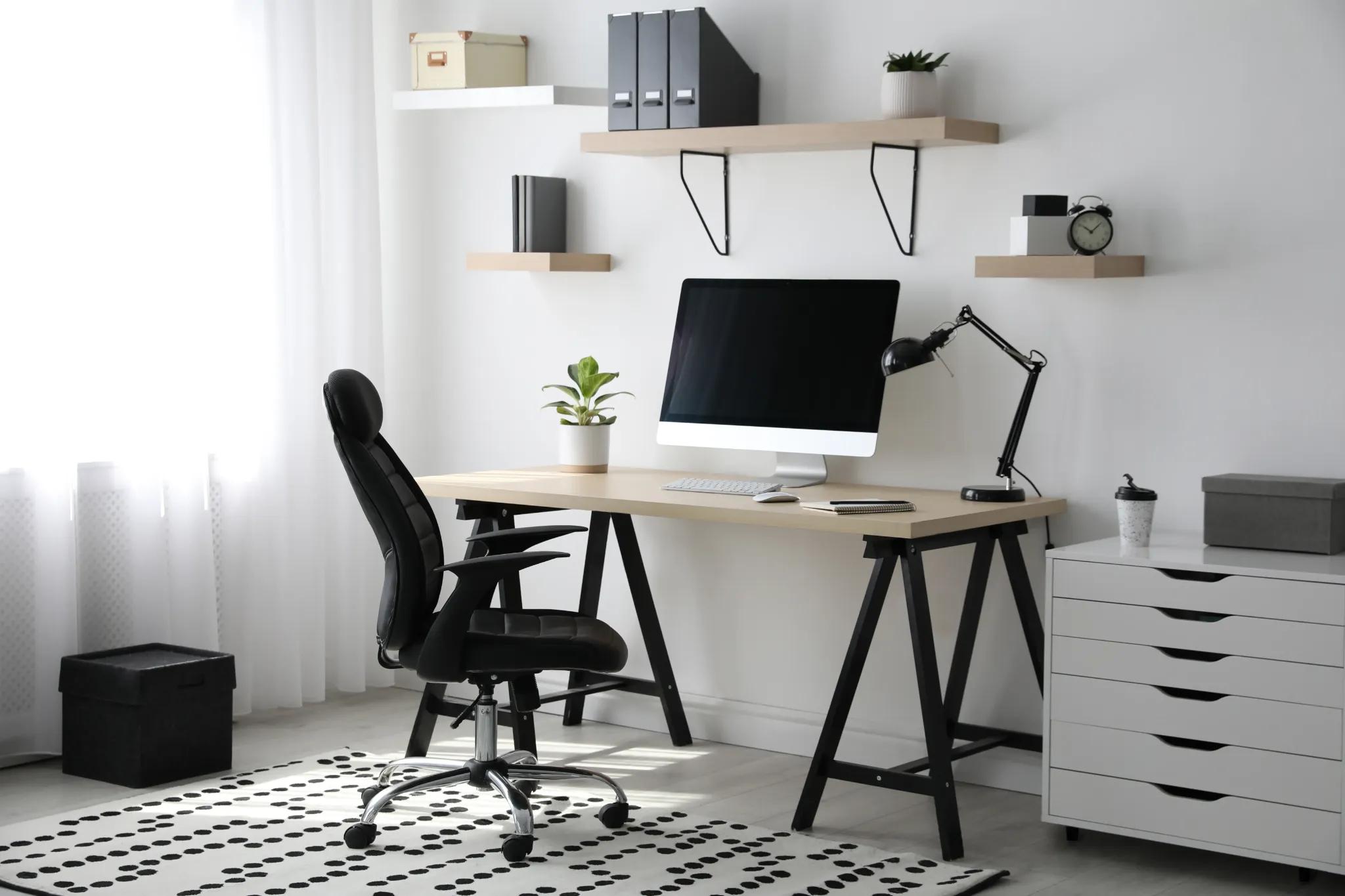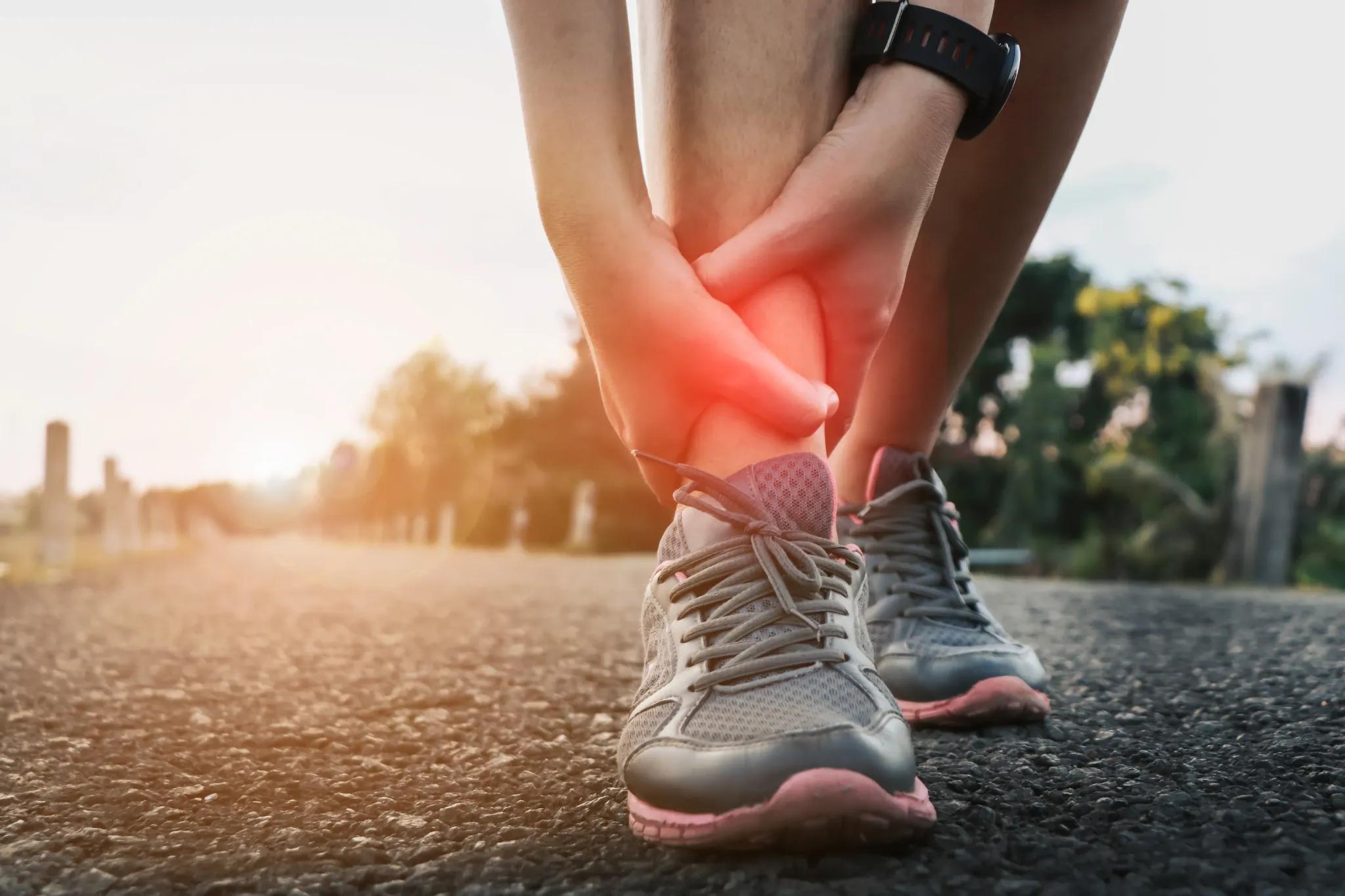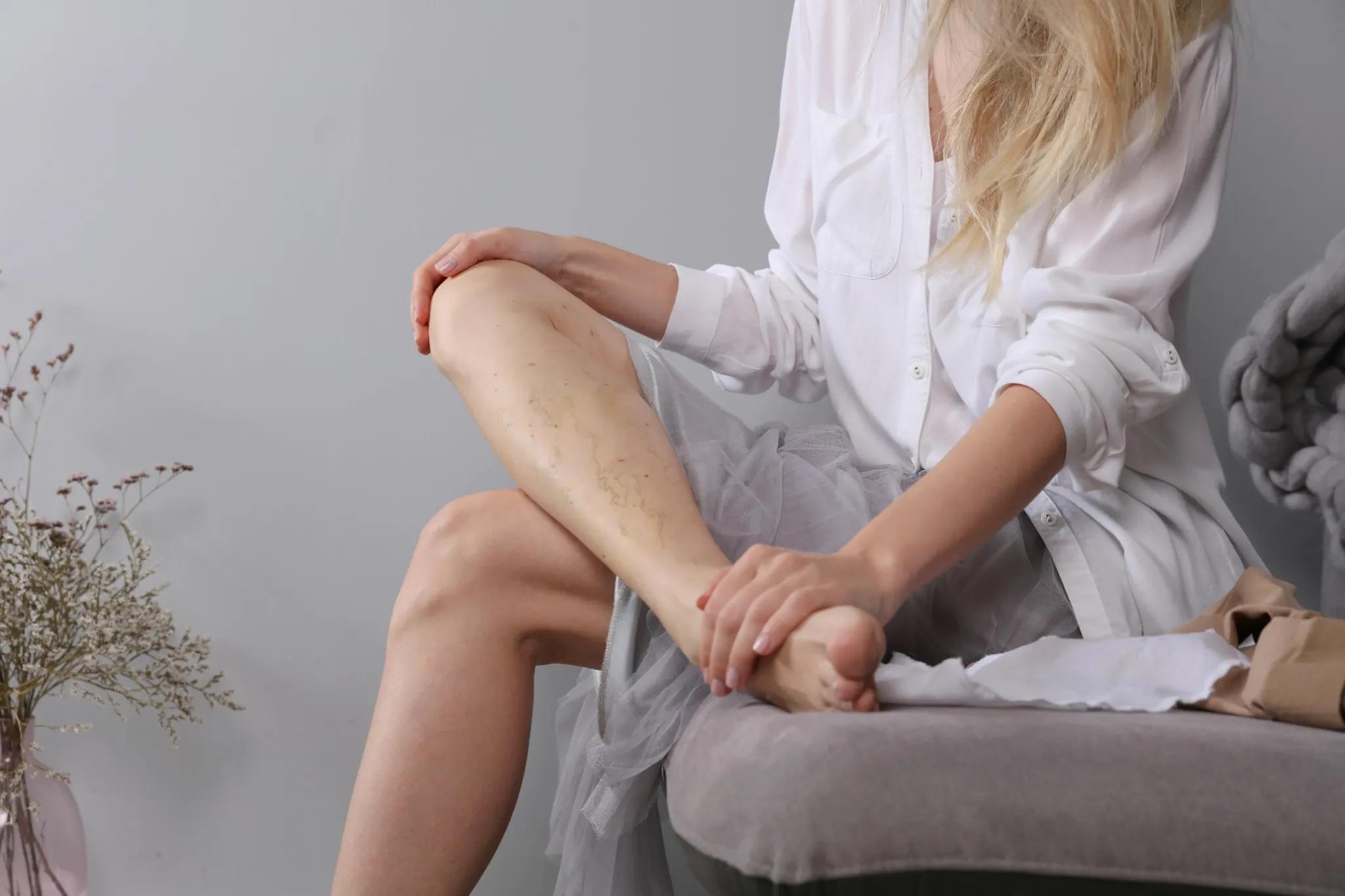Facial pressure points are powerful. Unlock centuries-old secrets for pain relief by mastering these points.
Imagine reducing stress and tension throughout your body with just a touch.
This guide will show you how to locate and stimulate these pressure points safely.
Pressure Points on Face
There are several pressure points on the face that can alleviate pain, reduce stress, and promote relaxation. These pressure points are situated in different regions of the face and are frequently focused on by professionals such as acupuncturists, massage therapists, and reflexologists.
The Third Eye Point
The third eye pressure point is located in the middle of the forehead, between the eyebrows, and is commonly known as the Yintang point. This point is considered one of the most important pressure points on the face. Therefore, by applying pressure to this point can help to promote relaxation and reduce stress and anxiety.

Massaging the third eye point enhances intuition and insight. Apply gentle pressure and relax.
The Temple Points
Temple pressure points are on either side of the forehead. Applying pressure to these points can help to relieve tension headaches, migraines and eye strain. Doing this will allow the muscles in the forehead and scalp to relax, which will help with the intensity of headaches.
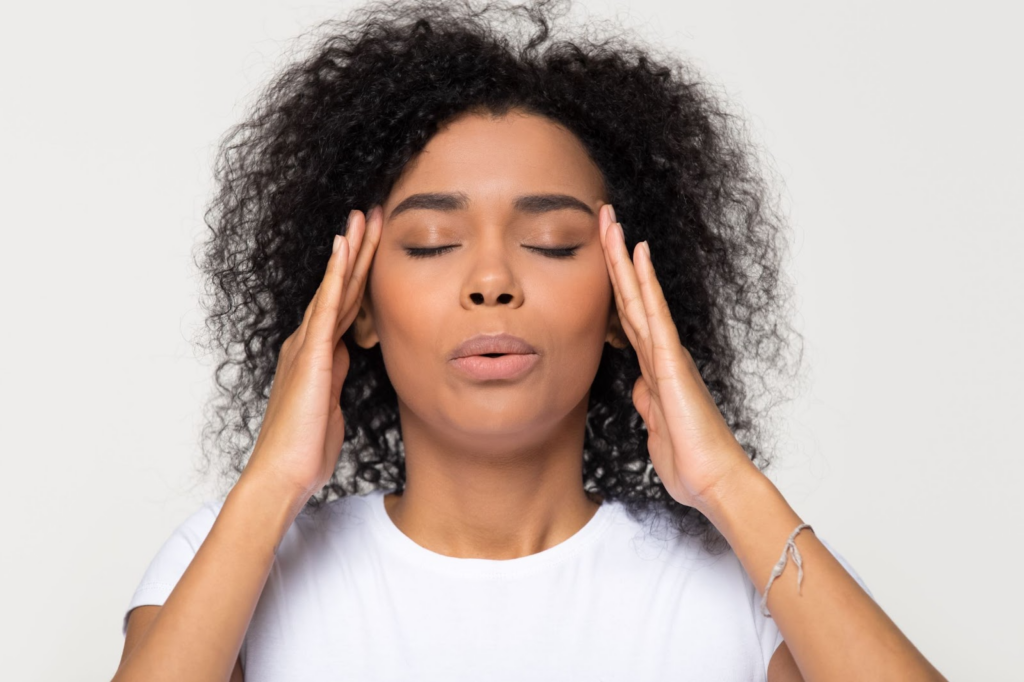
Relieve tension and headaches with the power of temple pressure point massages.
The Jawline Point
This pressure point is located just below the earlobe, on the jawline. When applying gentle pressure to this point can help relieve jaw pain, toothaches, and tension headaches. Jaw pain can be caused by various factors, including clenching or grinding of the teeth, arthritis, or temporomandibular joint (TMJ) disorders. Therefore, by applying pressure to the jaw joint, the muscles in the jaw and face can relax, relieving pain and tension in this area.
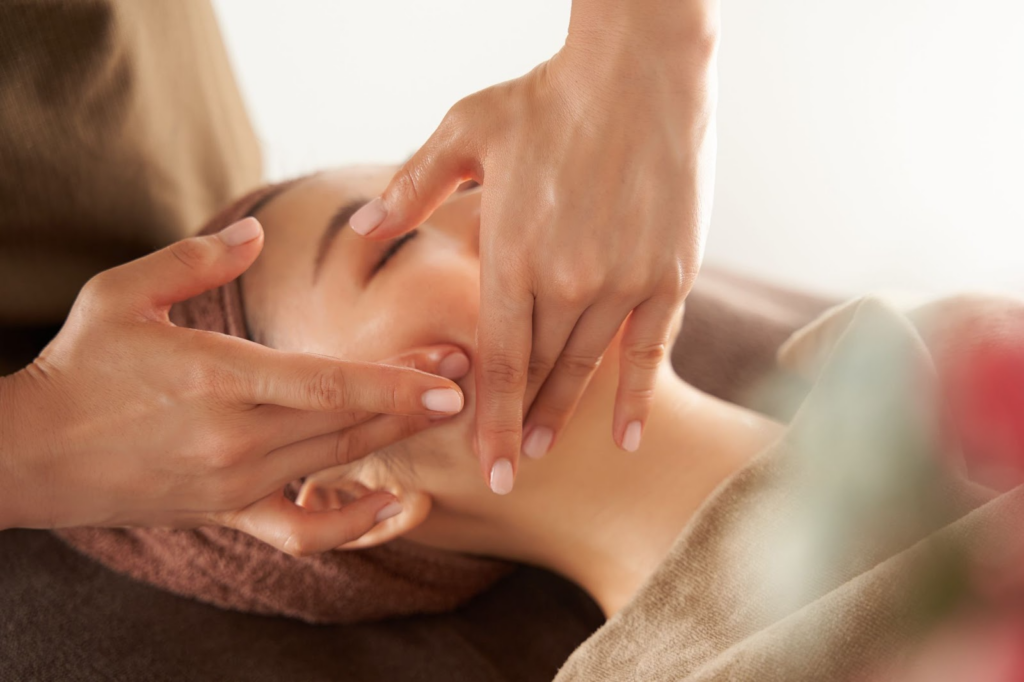
Relax and relieve jaw tension with jawline pressure point massages.
The Nose Bridge Point
The nose bridge pressure point is on the bridge of the nose, just below the forehead. Applying pressure to this point can help to relieve sinus congestion and headaches caused by sinus pressure.
Moreover, sinus congestion and headaches caused by sinus pressure are common conditions that can cause discomfort and affect daily life. Stimulating this facial pressure point can have a soothing effect on the body and promote relaxation.
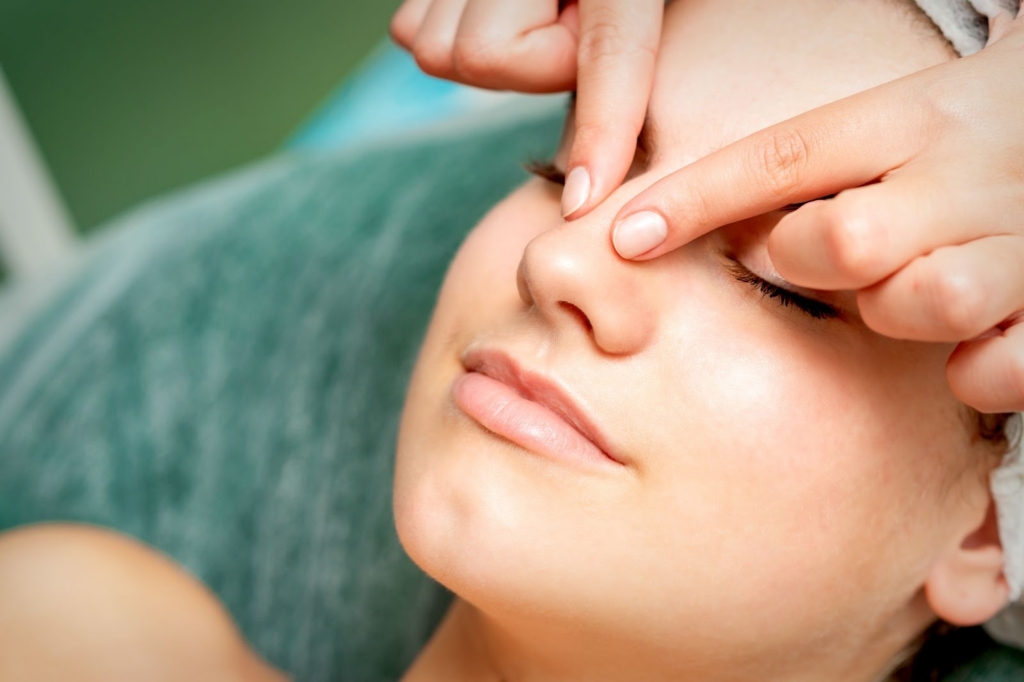
Relieve sinus congestion and promote relaxation with nose bridge points.
The Cheekbone Point
This pressure point is located just below the cheekbone, near the nostril. So, applying gentle pressure to this point can help to relieve sinus congestion and headaches caused by sinus pressure. Additionally, this pressure point can help improve the appearance of the skin by promoting blood circulation in the facial area.
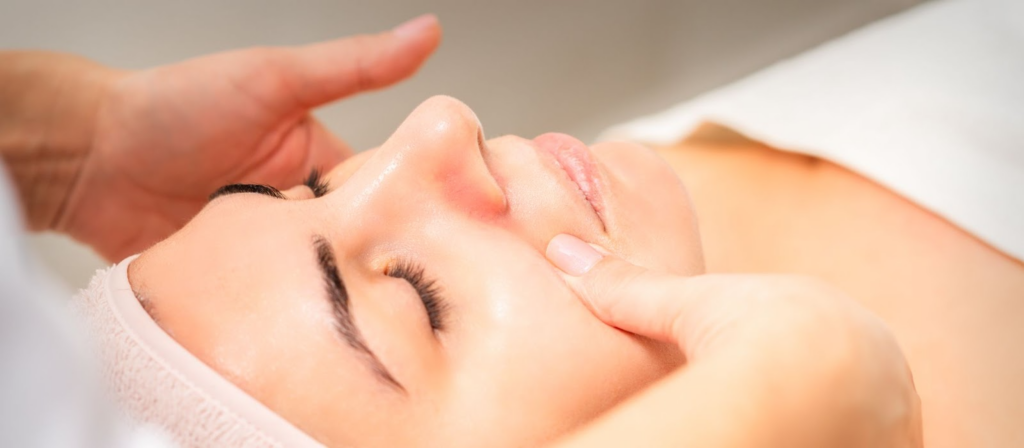
The cheekbone pressure point relieves tension and soothes facial muscles.
The Chin Point
This pressure point is located in the centre of the chin, just below the lower lip. Thus, applying pressure to this specific point can help relieve jaw, neck, and shoulder tension. Furthermore, this can also be helpful for those who clench their jaw or grind their teeth, as it will alleviate the tension and pain.
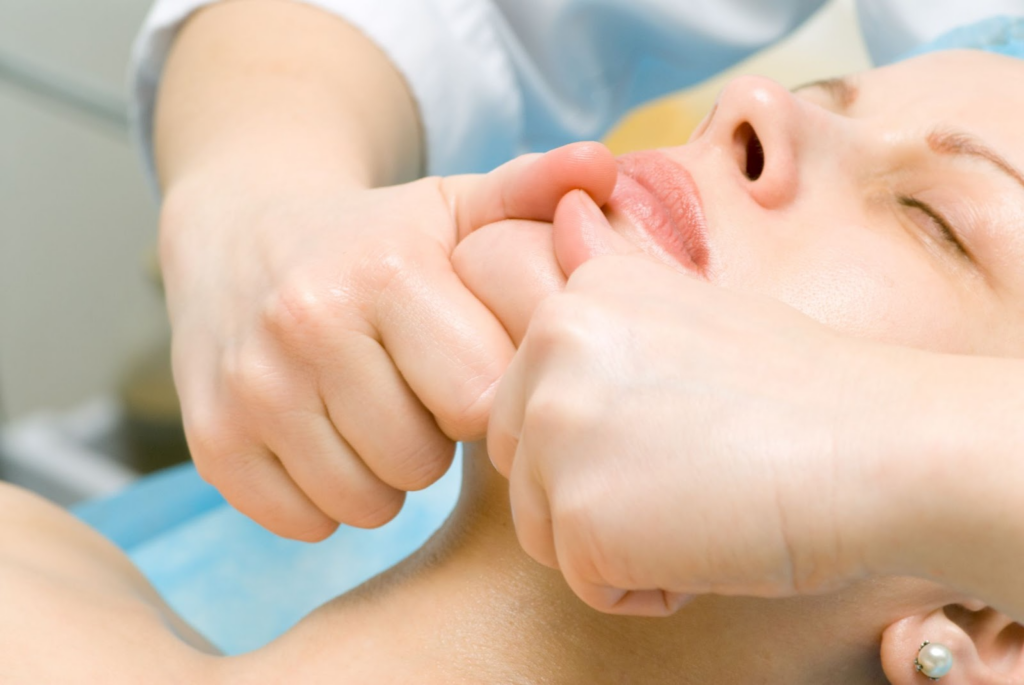
Applying gentle pressure to your chin can alleviate stress, release tension, and promote relaxation.
Therefore, it’s important to note that pressure point therapy is a helpful tool for pain and relaxation but not a replacement for medical treatment. Consult a healthcare professional if you are experiencing chronic pain or discomfort.
Benefits of Stimulating Facial Pressure Points
Stimulating facial pressure points is a practice that has been used for centuries in traditional Chinese medicine, and it is gaining popularity in the modern world. Here are some benefits of stimulating pressure points on face.
- Reduce stress and anxiety – stimulating specific pressure points on face can help to reduce stress and anxiety levels. This is because the stimulation can activate the parasympathetic nervous system, which helps to calm the body and mind.
- Improve circulation – facial pressure point stimulation can help increase blood flow to the face, improving overall circulation. This can help improve skin and reduce the appearance of fine lines and wrinkles.
- Relieves tension headaches – stimulating certain facial pressure points can help to ease tension headaches. This can help relax the facial, neck, and scalp muscles.
- Enhances relaxation – applying pressure on facial points can help to enhance relaxation and promote a sense of well-being. This is because the stimulation can release endorphins, which are natural mood-boosting chemicals in the body.
- Boost immunity – stimulating pressure points on face boosts immunity by increasing blood flow and lymphatic drainage. This can help to remove toxins from the body and support overall health.
What Does It Mean If a Pressure Point Hurts?
If a pressure point hurts, it might mean there is tension or stress in that area. It could also suggest tight muscles or an issue that needs attention.
Some discomfort is normal, especially if you haven’t massaged these points before, but if the pain is strong, it’s best to be gentle and seek advice from a professional.
Knowing how your body reacts can help you use facial pressure points safely and effectively.
Techniques for Locating and Stimulating Pressure Points
Facial stimulation is a simple practice that can be performed anywhere and anytime, making it a convenient way to improve overall health and well-being.
Here are some techniques for locating and stimulating pressure points on face.
- Use your fingertips – the easiest way to locate and stimulate pressure points on face is to use your finger to press these areas. Start by applying gentle pressure to the area you want to stimulate, then gradually increase the pressure as you feel comfortable.
- Use a massage tool – you can also use a massage tool, such as a jade roller or a gua sha tool, to stimulate pressure points on the face. Simply apply the tool to the area you want to stimulate and gently massage in circular motions.
- Apply pressure for several seconds – to effectively stimulate a pressure point, and it is important to apply pressure for several seconds. Start by applying gentle pressure, then gradually increase the pressure over 10-15 seconds.
- Experiment with different techniques – there are many techniques for stimulating pressure points on the face, including tapping, rubbing, and massaging. Experiment with different techniques to find what works best for you.
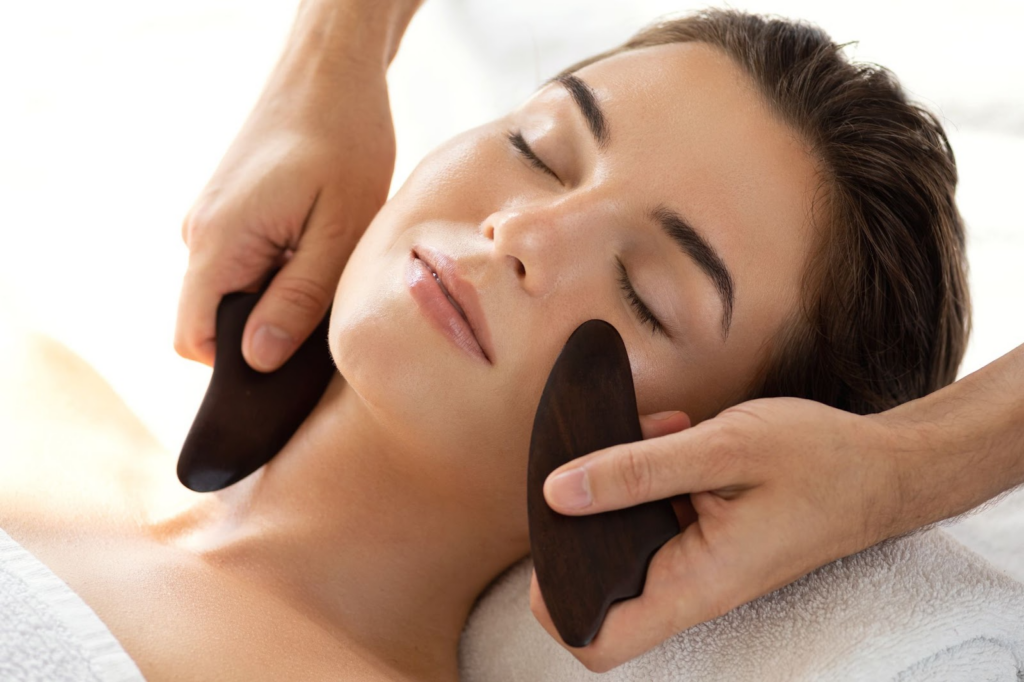
Enhance your massaging experience with effective massaging tools.
Relaxation Starts Now
Facial pressure points offer a natural, easy way to manage pain and relax. By using these ancient methods, you can help your body heal and improve your well-being.
Remember, while facial pressure points can be useful, it’s important to listen to your body and get medical advice for ongoing or severe pain. With practice, applying pressure to specific points on your face can become a powerful tool for better health and pain relief.
Why not give it a try? Start gently with the facial pressure points we’ve discussed. See the relief and relaxation you can achieve through the power of touch. For the best results, consider combining these techniques with regular use of a massage chair. The OSIM uLove 3 Well-Being Chair offers customised massage programs. These are designed to target and relieve tension throughout your body.

